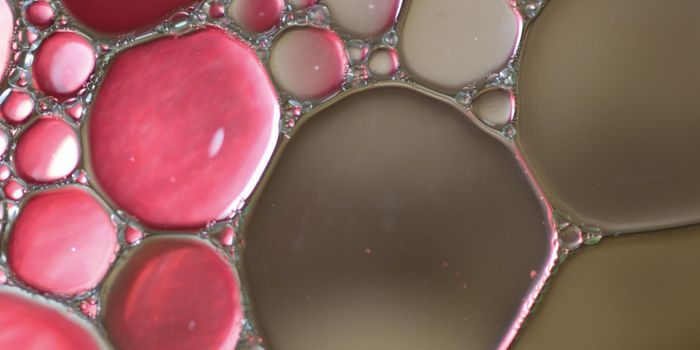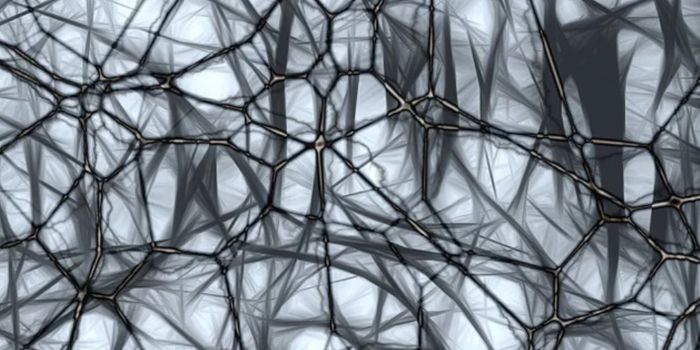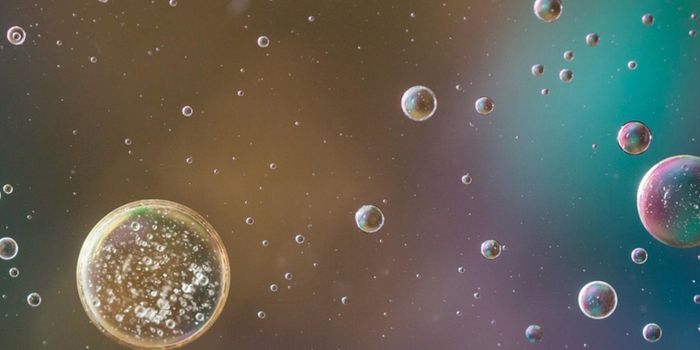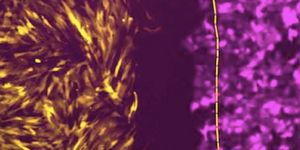How Microbes Communicate Over Long Distances
Percolation is familiar to anyone who brews coffee, and it helped researchers at the University of California San Diego understand how bacteria communicate with one another over long distances. Communities of bacteria, sometimes called biofilms, aren’t just a clump of bacterial cells. It seems they can send signals to one another with ion channels, promoting the survival of the community and protecting it from attacks. New findings on that communication have been reported in Cell Systems.
A huge amount of bacteria lives everywhere in our world, even inside of us. As microbes grow over surfaces, the cells at the edges exhibit more robust growth, since they have the best access to nutrients. The cells at the interior of the mass help keep that edge growth in check so that the entire population stays happy. They do so by sending electrochemical signals to one another, reducing consumption on the edge and getting nutrients passed through to the center.
"This keeps the interior fed well enough and if a chemical attack comes and takes out some of the exterior cells, then the protected interior is able to continue and the whole population can survive," explained Joseph Larkin, a UC San Diego Biological Sciences postdoctoral scholar. "It is essential that the electrochemical signal be consistently transmitted all the way to the biofilm edge because that is the place where the growth must be stopped for the community to reap the most benefit from signaling."
Bacterial communities don’t have infrastructure like neurons for spreading messages. So scientists wanted to know how signals were being shared. Researchers Joseph Larkin and senior author Gürol Süel of UC San Diego worked with Andrew Mugler and Xiaoling Zhai of Purdue University to see if percolation was at work in this process.
The researchers used fluorescence microscopy to track cells that transmitted a signal and found that those movements lined up with the predictions made using the percolation theory.
"We're all familiar with how we make coffee through percolation and it's an interesting twist that bacteria appear to use the same concept to accomplish the very complicated task of efficiently relaying an electrochemical signal over very long distances from cell to cell," said Süel.
"It's interesting that these bacteria, which are so-called simple, single-cell organisms, are using a fairly sophisticated strategy to solve this community-level problem," added Larkin. "It's sophisticated enough that we humans are using it to extract oil, for example."
Learn more about biofilms from the following video.
Sources: AAAS/Eurekalert! Via UCSD, Cell Systems








